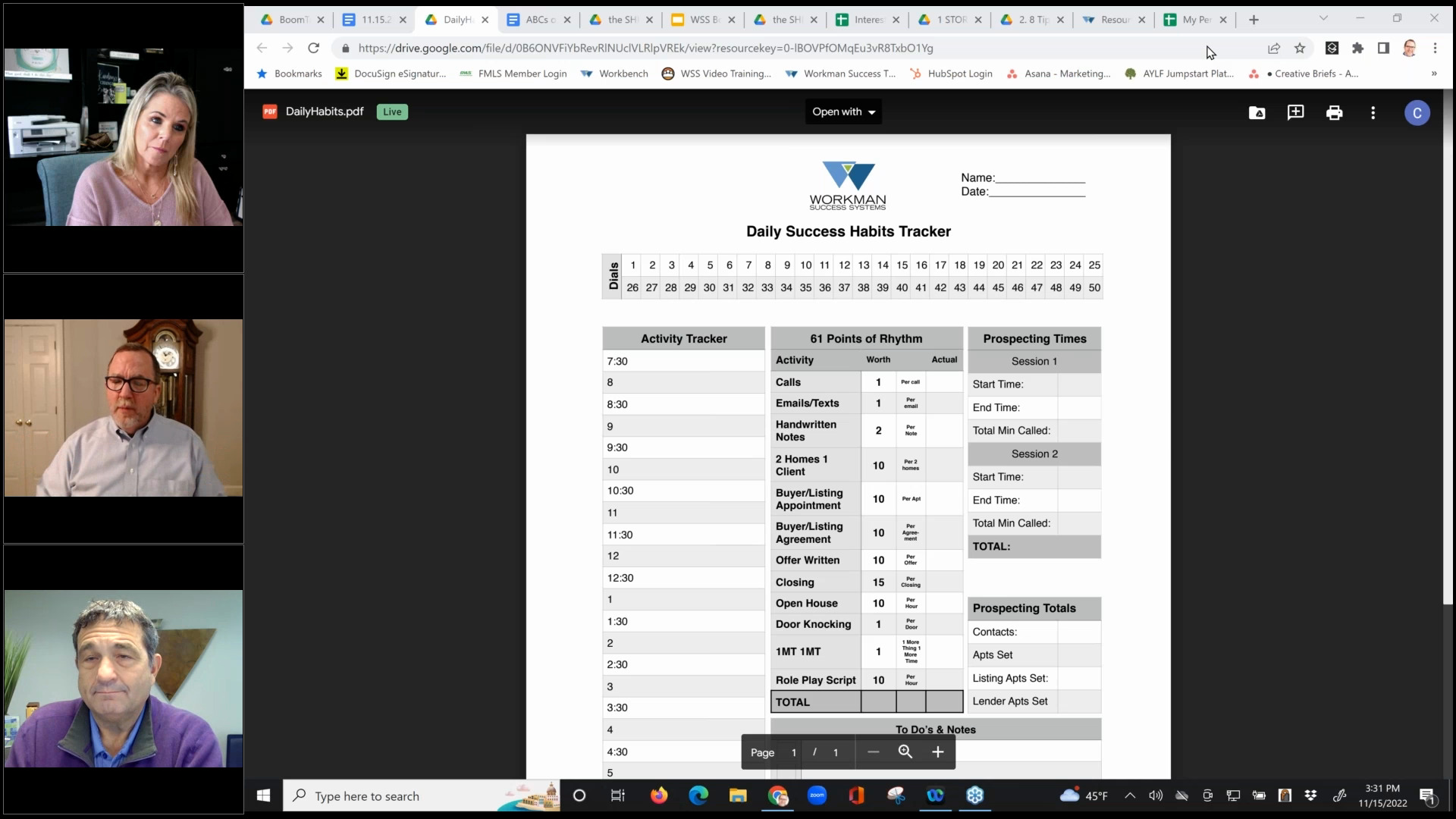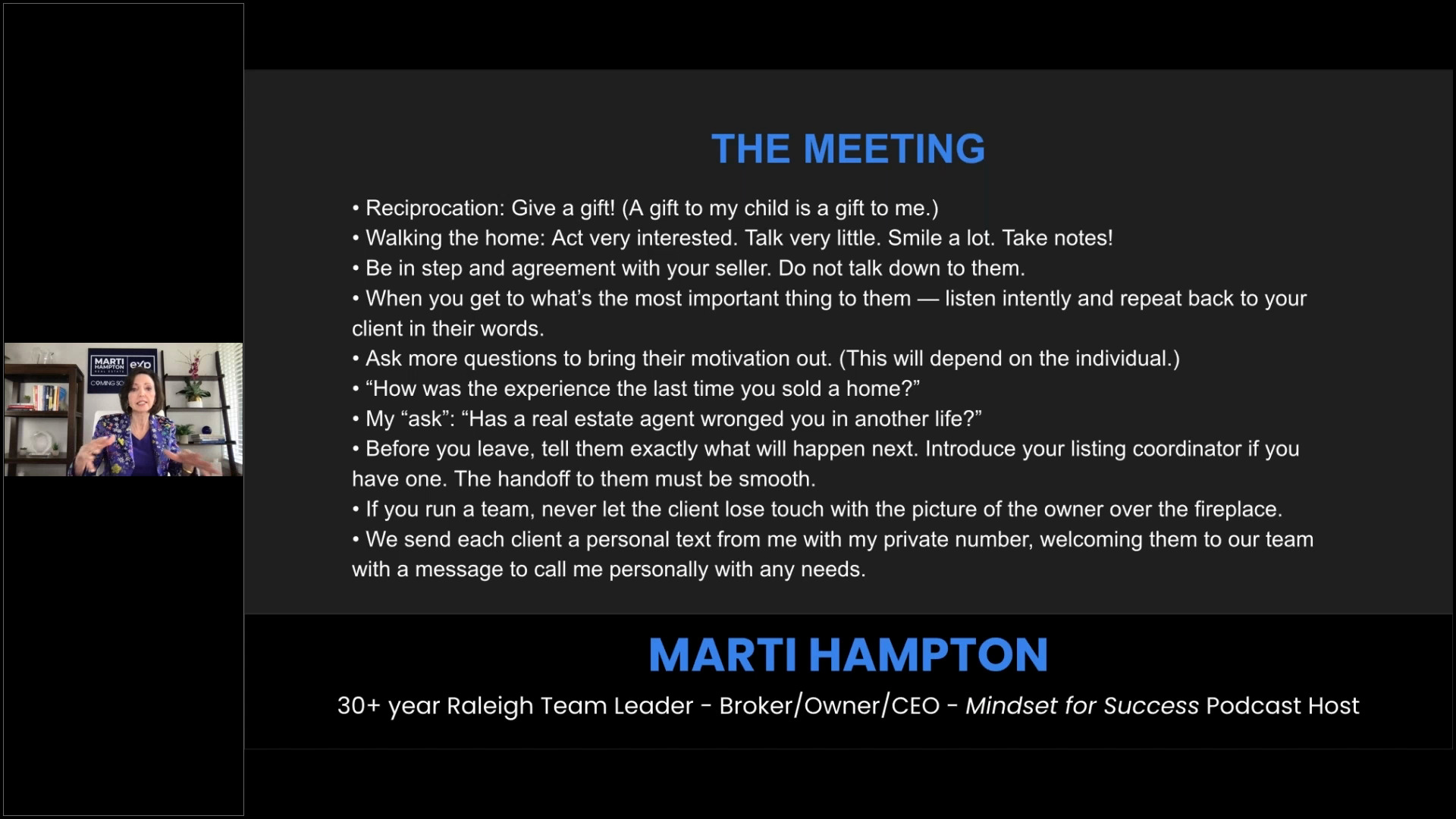
Email nurturing is a great way for agents to remain top-of-mind with potential homebuyers who are six or more months from entering the real estate market. Top-of-mind status is achieved by consistently delivering educational value to homebuyers through quality email content. This is important because it allows agents to be helpful over a long period of time without being salesy or pushy too early in the process. Remember, real estate is an industry built on relationships; email nurturing is a delicate art because it involves engaging and helping real people. In this article, I will go through the email nurturing process so you can create and optimize your email marketing funnels. More importantly, the process outlined herein helps you focus on communicating from your heart to the email recipient’s heart, and from your mind to their mind. My goal is for you and your marketing team (or your copywriter) to put more into the soft skills involved with email marketing. The planning, systems, and tools involved are simply to support and provide you the means for facilitating the distribution of your helpful content on a regular basis. Email has been around since the 1970s (thanks to work of Ray Tomlinson and Shiva Ayyadurai) and it’s not going anywhere. 33.8% of Americans check their email constantly throughout the day, according to BlueHornet. That’s a high frequency of eye balls. The purpose, however, isn’t for potential homebuyers to simply see your email — but also for them to open, read, appreciate, and share the content in your emails. Have you thought about who you serve? Do most of your clients have something in common? The people or specific community that you serve speaks largely about your business and brand. Your email marketing efforts should be tailored to provide content specifically for your niche or ideal clientele. I have clients who focus on serving athletes and some who focus on people in the military — and these niches heavily influence their content. A solo agent can nurture more than one audience, but they must make sure they have the bandwidth and resources to do it efficiently and productively. Some real estate businesses, which include agent teams, serve multiple audiences. If you are part of a group that runs nurturing campaigns as a group, it would be a good idea to conduct different email nurturing campaigns that serve different niches. With so many moving parts, the key is to make sure someone is tracking the success of (open and click rates) and replies to your nurturing messages. Segmentation is another key for successfully nurturing leads. The wrong approach is blasting your email message to your entire list without considering if the message is appropriate for every recipient. Would email content written for potential homebuyers in Chicago be of any value to a person who lives in St. Augustine, Florida? Would it be wise to send email content for first-time homebuyers to a list that mostly includes current homeowners? No and no. You must be cognizant of who is on your list and the relevancy of the messages emailed to them. Here are six ways to segment your homebuyer email list: You can learn about what your list members are interested in over time by studying specific signals. By analyzing the content they’ve reacted to (i.e. Facebook like/share or blog comment), reading the information that they submitted through your contact form, and studying their social media activity, you can tell what the lead is interested in. Call on BoomTown for your real estate marketing needs Obtaining a person’s email address with their permission is the core of email and permission marketing. That’s fine and all, but where should one start? I suggest that you start close to home with family and friends and put them on your list. Don’t forget to segment them based on the various attributes covered above. Your growth efforts begin with your content (blogs, podcasts, videos, ebooks, and more). Most of your content should include a call-to-action (or two) that invites your readers/listeners/viewers to join your list either directly or through a content upgrade. I’ve spent a moment talking about content in various forms. Well, that content must have a home. This leads us to your real estate website. Having your own website is the best way to obtain a person’s contact information through registration forms (usually to view listings). Here are seven additional tips for growing your potential homebuyer email list: Like email nurturing, growing your email list is a deliberate process. Don’t rush at it. Execute your plan and you’ll build a quality email list over time. Power Tip: Early on you’ll want to keep your contact form fields simple (name and email address). You don’t want any barriers to growth when you first start out. As your list and authority grows, you can add more fields (like phone number or their current city) for deeper data collection. Your email broadcast strategy should be simple. I suggest you plan and track your email marketing efforts on an editorial calendar spreadsheet. Have cells in your spreadsheet for email content type (short-form vs. long-form), target segment/audience, and broadcast date. Every piece of published blog content should be shared with a portion of your email list. That’s all to it … craft content and repurpose, or share it via email. Don’t forget to include one or two calls-to-action for services, products, or resources in the body of the email as well. As for the presentation style of your emails, the key to success is authenticity. People like reading emails that sound human. It’s time to put the overly adorned email newsletters to bed for good. With that said, still have fun with your emails. Try sneaking an emoji into your subject lines and don’t be afraid to occasionally mix in some casual copy by using words like “y’all” and “Hey”. Do smarter real estate marketing in 2017 Let’s spend a little time on the front-lines of email nurturing with subject lines. No one will open your email if your subject line is not simple and compelling. The #1 rule is to use words that will resonate specifically with the target client’s persona. Write subject lines like you’re communicating with a single person. Also, try to keep your subject lines to under 40 characters and limit the use of exclamation points. Your entire subject line should NEVER be in all caps. Create a sense of urgency with your subject lines, but don’t overuse this tactic because people will begin to see through it. And by all means, never send an email with a subject line that’s auto-generated by your email marketing platform. Email nurturing leads into happy clients is a delicate art. We all can agree that the end goals are for the list member to find the home of their dreams and for you to be the agent that helps them, but rushing the process won’t be good for anyone. The best way to avoid rushing is to truly care about their learning. You might be their only source for valuable information in your market. Like wine, consistent lead nurturing should serve the person better over time; and there are benefits to doing this. Nurturing real estate leads with quality and helpful content produces 50 percent more sales-ready bottom-of-the-funnel leads at a 33 percent lower cost according to Forrester Research. This should inspire you to write some helpful content and automate your lead nurturing as soon as possible. The fruit of all this work is you growing online influence that turns into real world sales. I hope this article has helped you prepare top notch content to your community through lead nurturing. Remember, you won’t always know when a lead is ready to begin a serious home search. Therefore, patiently serve them with your content via email until they’re ready to reward you with their trust. And I suggest that you trust BoomTown with your email marketing platform needs and more.The Purpose and Power of Email for Agents
Your Niche and Ideal Client
Tips for Building Your List
Planning and Crafting Your Email Broadcasts
The Fruits of Email Nurturing (Seizing Sales Opportunities)



